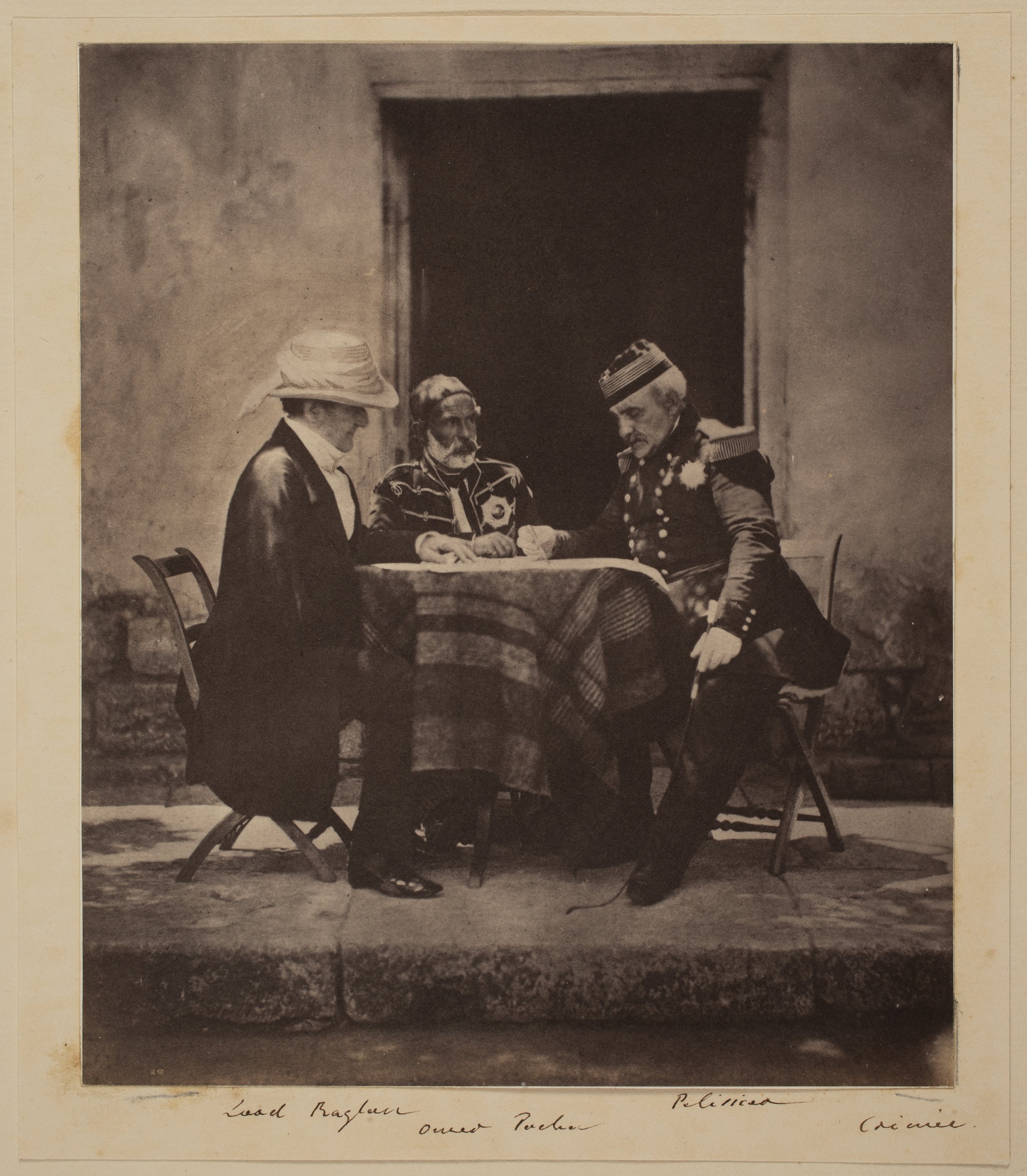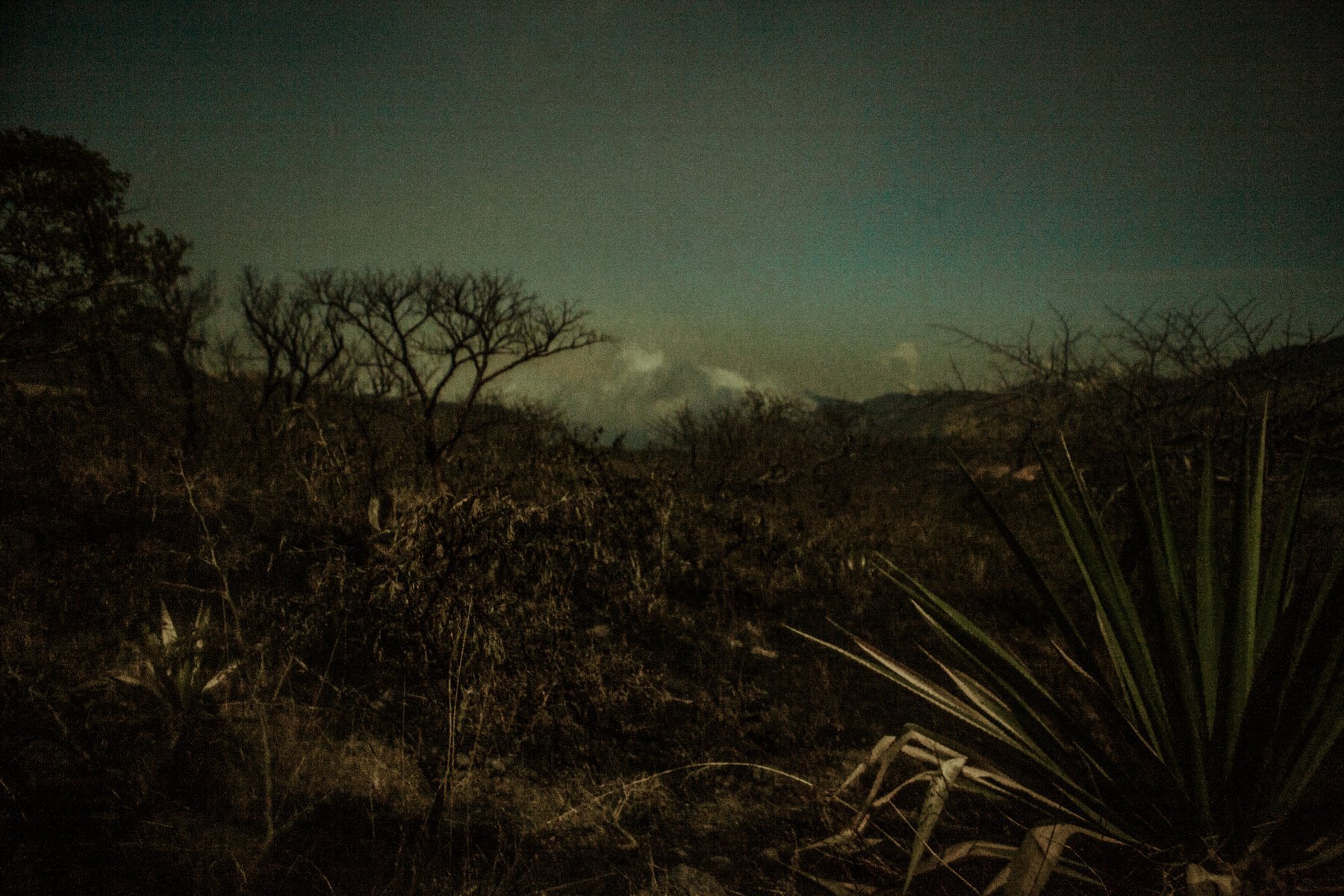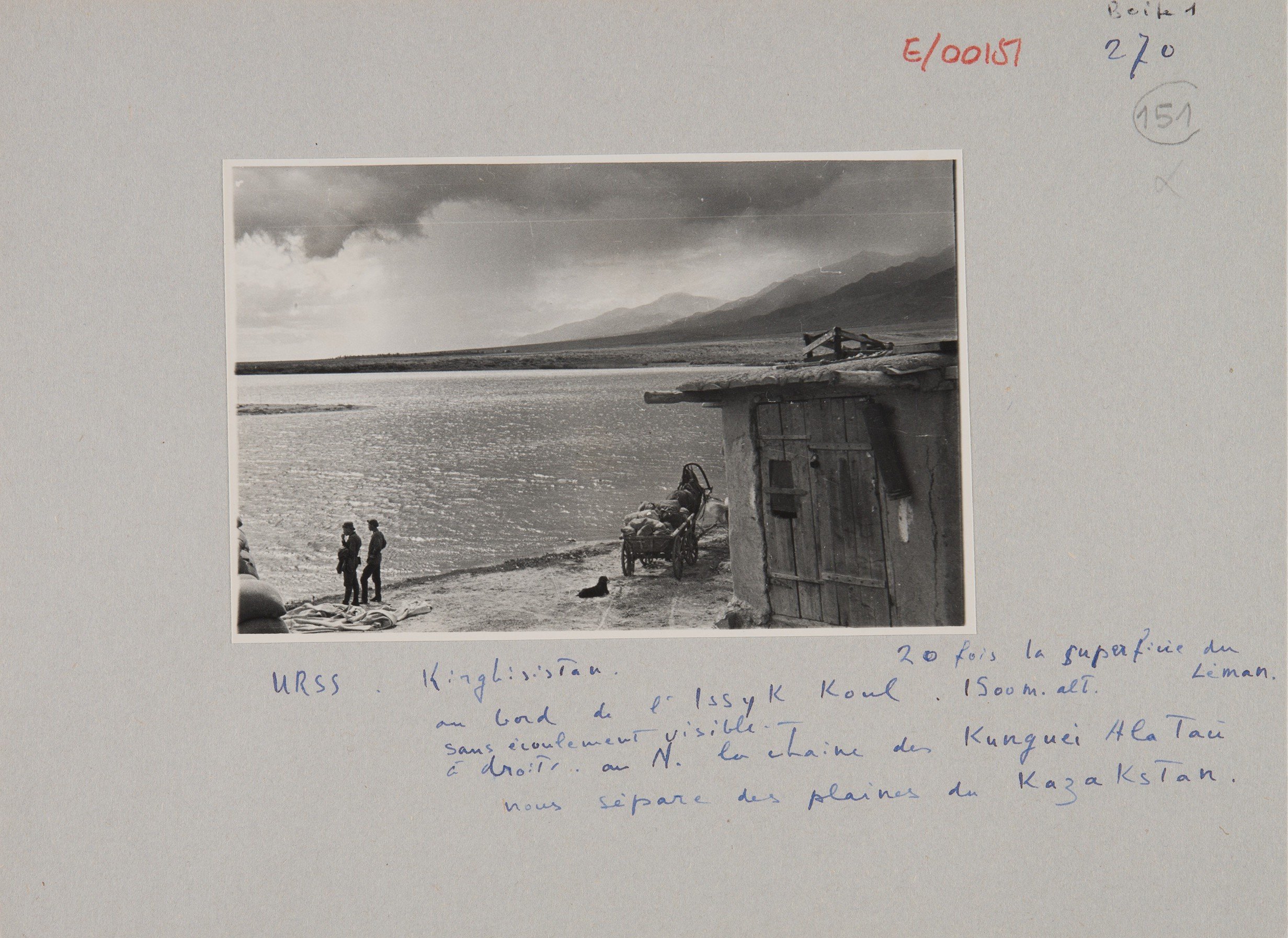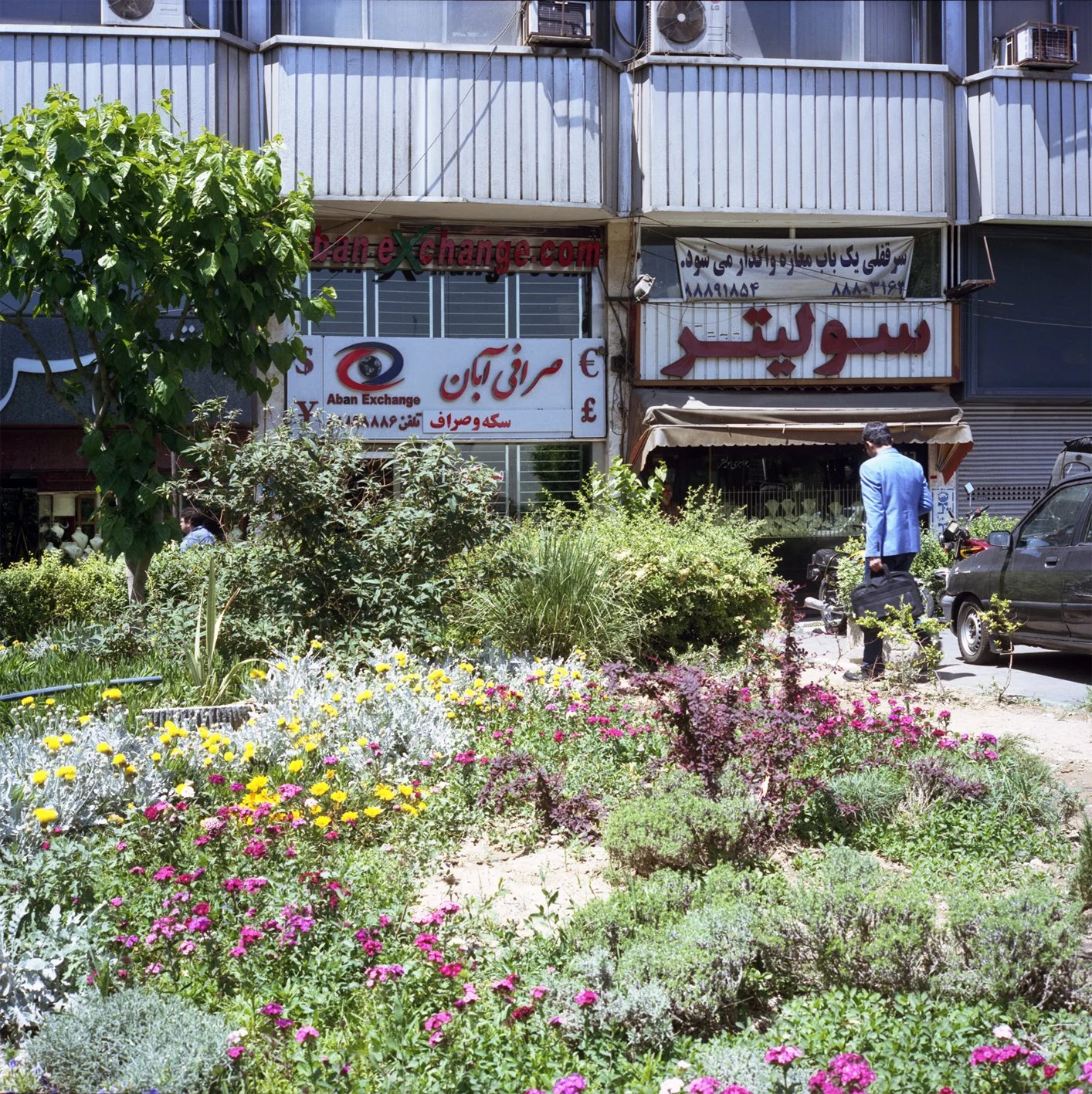
Human.Kind | Rotkreuz- und Rothalbmondmuseum | Genève
Rotkreuz- und Rothalbmondmuseum | Genève
19. Oktober 2023 – 25. August 2024
Human.Kind
Zing, aus der Serie Ode an den Schlamm (2022). © Etinosa Yvonne
Die Ausstellung Human.Kind umfasst Werke von 30 Fotografinnen und Fotografen aus 24 Ländern: 15 Männer und 15 Frauen. Alle haben an einem der bisher zehn Zyklen des Prix Pictet teilgenommen. Seit die Auszeichnung im Jahr 2008 geschaffen wurde, widmet sich der Prix Pictet der nachhaltigen Entwicklung. So ist ein Netzwerk aus nahezu 3000 Fotografinnen und Fotografen entstanden, die mitten im Geschehen arbeiten. Ein idealer Fundus also, um einen etwas anderen Blick auf die grossen Herausforderungen der heutigen humanitären Arbeit zu werfen und diese Perspektive hervorzuheben. William A. Ewing, Autor, Redner, ehemaliger Direktor des Musée de l’Élysée und Co-Kurator der Ausstellung, erklärt: «Obwohl man es nicht immer zugeben mag, entsteht ein bedeutender Teil der zeitgenössischen Fotografie aus humanitärem Antrieb. Während der letzten zehn Jahre bildeten das Interesse an den Mitmenschen, die Akzeptanz ihrer häufig tragischen Situation und das daraus entstehende Mitgefühl den Ausgangspunkt für die Ansätze zahlreicher Bewerberinnen und Bewerber des Prix Pictet. Für die Ausstellung hatten wir das Privileg, aus dieser Gruppe von Fotografinnen und Fotografen 30 Portfolios auszuwählen, die mit viel Engagement die grundlegenden Anliegen unserer Zeit erforschen.»
Anhand von fast 300 Aufnahmen widmet sich Human.Kind vielfältigen Themen, vom Ausbruch des Vulkans Taal auf den Philippinen im Jahr 2022 über die bewaffneten Gruppen in der Sahelzone und die Lebensbedingungen der Frauen in den sibirischen Gefängnissen bis hin zum Ausbruch von Covid-19 in Italien. Durch ihren einfühlsamen Ansatz heben die Fotografinnen und Fotografen die Würde der Menschen hervor und laden uns dadurch ein, über unsere gemeinsame Menschlichkeit nachzudenken. Elisa Rusca, Leiterin Sammlungen und Ausstellungen des Museums und Co-Kuratorin der Ausstellung, meint dazu: «Human.Kind präsentiert eine grosse Vielfalt an Blickwinkeln auf die heutige Welt und konzentriert sich auf die Würde und die Fürsorge. Dadurch werden die Fragestellungen und die Werte der humanitären Arbeit auf eine persönliche Ebene gehoben, in der die Gemeinschaft im Zentrum steht.»
Die Ausstellung widmet sich der zeitgenössischen Fotografie und vervollständigt damit den Erforschungsprozess, den das Museum anhand des aussergewöhnlichen fotografischen Erbes der Internationalen Rotkreuz- und Rothalbmondbewegung durchgeführt hat. Ein erster Meilenstein dieses Prozesses bildete 2021 die Ausstellung Eine Welt zum Heilen, die gemeinsam mit den Rencontres internationales de la photographie d’Arles konzipiert wurde und sich aktuell auf Reisen befindet. Für Pascal Hufschmid, Museumsdirektor und Initiator der beiden Ausstellungen, gilt es, die Bilder des aktuellen Geschehens kritisch zu betrachten: «Human.Kind hinterfragt die visuellen Codes der Bilder von humanitärer Arbeit, um unseren Blick angesichts der täglichen Medienflut zu schärfen. Die Ausstellung zeigt auch, wie uns Kunst ermöglichen kann, die Welt, in der wir leben, besser zu verstehen.»
L'exposition Human.Kind comprend les œuvres de 30 photographes de 24 pays : 15 hommes et 15 femmes. Tous ont participé à l'un des dix cycles du Prix Pictet jusqu'à présent. Depuis sa création en 2008, le Prix Pictet se consacre au développement durable. Un réseau de près de 3000 photographes travaillant au cœur de l'action a ainsi vu le jour. Un vivier idéal, donc, pour porter un regard différent sur les grands défis de l'humanitaire d'aujourd'hui et mettre en valeur cette perspective. William A. Ewing, auteur, conférencier, ancien directeur du Musée de l'Élysée et co-commissaire de l'exposition, explique : "Bien qu'on ne l'admette pas toujours, une part importante de la photographie contemporaine est issue d'une démarche humanitaire. Au cours des dix dernières années, l'intérêt pour nos semblables, l'acceptation de leur situation souvent tragique et la compassion qui en découle ont constitué le point de départ des démarches de nombreux candidats au Prix Pictet. Pour l'exposition, nous avons eu le privilège de sélectionner, parmi ce groupe de photographes, 30 portfolios qui explorent avec engagement les préoccupations fondamentales de notre époque".
À travers près de 300 clichés, Human.Kind aborde des thèmes variés, de l'éruption du volcan Taal aux Philippines en 2022 à l'éruption du Covid-19 en Italie, en passant par les groupes armés au Sahel et les conditions de vie des femmes dans les prisons sibériennes. Par leur approche sensible, les photographes mettent en valeur la dignité des personnes et nous invitent ainsi à réfléchir à notre humanité commune. Elisa Rusca, directrice des collections et des expositions du musée et co-commissaire de l'exposition, déclare à ce sujet : "Human.Kind présente une grande diversité de points de vue sur le monde actuel et se concentre sur la dignité et le soin. Cela permet d'élever les questions et les valeurs de l'action humanitaire à un niveau personnel, où la communauté est au centre".
L'exposition est consacrée à la photographie contemporaine, complétant ainsi le processus d'exploration que le musée a mené à partir de l'extraordinaire patrimoine photographique du Mouvement international de la Croix-Rouge et du Croissant-Rouge. Un premier jalon de ce processus a été posé en 2021 avec l'exposition Un monde à guérir, conçue en collaboration avec les Rencontres internationales de la photographie d'Arles et actuellement en voyage. Pour Pascal Hufschmid, directeur du musée et initiateur des deux expositions, il s'agit de porter un regard critique sur les visuels de l'actualité : "Human.Kind interroge les codes visuels des images de l'humanitaire pour aiguiser notre regard face au déferlement médiatique quotidien. L'exposition montre aussi comment l'art peut nous permettre de mieux comprendre le monde dans lequel nous vivons".
La mostra Human.Kind comprende le opere di 30 fotografi provenienti da 24 Paesi: 15 uomini e 15 donne. Tutti hanno partecipato a uno dei dieci cicli del Prix Pictet. Dalla creazione del premio nel 2008, il Prix Pictet si è dedicato allo sviluppo sostenibile. Questo ha creato una rete di quasi 3000 fotografi che lavorano nel mezzo dell'azione. Si tratta quindi di una risorsa ideale per gettare uno sguardo un po' diverso sulle principali sfide che il lavoro umanitario deve affrontare oggi e per mettere in luce questa prospettiva. William A. Ewing, autore, conferenziere, ex direttore del Musée de l'Élysée e co-curatore della mostra, spiega: "Anche se non lo si ammette sempre, una parte significativa della fotografia contemporanea nasce da un impulso umanitario. Nell'ultimo decennio, l'interesse per gli esseri umani, l'accettazione della loro situazione spesso tragica e la compassione che ne deriva sono stati il punto di partenza per gli approcci di molti candidati al Prix Pictet. Per la mostra abbiamo avuto il privilegio di selezionare 30 portfolio di questo gruppo di fotografi che esplorano con grande impegno le preoccupazioni fondamentali del nostro tempo".
Attraverso quasi 300 fotografie, Human.Kind affronta temi diversi, dall'eruzione del vulcano Taal nelle Filippine nel 2022 ai gruppi armati nel Sahel, dalle condizioni di vita delle donne nelle prigioni siberiane all'epidemia di Covid-19 in Italia. Attraverso il loro approccio sensibile, i fotografi evidenziano la dignità degli esseri umani e ci invitano a riflettere sulla nostra comune umanità. Elisa Rusca, responsabile delle collezioni e delle mostre del museo e co-curatrice della mostra, afferma: "Human.Kind presenta un'ampia varietà di prospettive sul mondo di oggi, concentrandosi sulla dignità e sulla cura. Questo eleva i temi e i valori del lavoro umanitario a un livello personale in cui la comunità è al centro".
La mostra è dedicata alla fotografia contemporanea e completa il percorso di ricerca che il Museo ha intrapreso attraverso lo straordinario patrimonio fotografico del Movimento Internazionale della Croce Rossa e della Mezzaluna Rossa. Una prima pietra miliare di questo processo è stata la mostra del 2021 A World to Heal, concepita in collaborazione con i Rencontres internationales de la photographie d'Arles e attualmente in tournée. Per Pascal Hufschmid, direttore del museo e iniziatore delle due mostre, è importante guardare con occhio critico alle immagini degli eventi attuali: "Human.Kind mette in discussione i codici visivi delle immagini del lavoro umanitario per affinare la nostra visione di fronte al diluvio quotidiano dei media. La mostra mostra anche come l'arte può permetterci di capire meglio il mondo in cui viviamo".
The exhibition Human.Kind includes works by 30 photographers from 24 countries: 15 men and 15 women. All have participated in one of the Prix Pictet's ten cycles to date. Since the award was created in 2008, the Prix Pictet has been dedicated to sustainable development. This has created a network of nearly 3000 photographers working in the midst of the action. An ideal resource, then, to take a slightly different look at the major challenges facing humanitarian work today and to highlight this perspective. William A. Ewing, author, speaker, former director of the Musée de l'Élysée and co-curator of the exhibition, explains, "Although people may not always admit it, a significant portion of contemporary photography is born of humanitarian impulse. Over the past decade, an interest in fellow human beings, an acceptance of their often tragic situation, and the compassion that results, have been the starting point for the approaches of many Prix Pictet contenders. For the exhibition, we had the privilege of selecting 30 portfolios from this group of photographers who explore with great commitment the fundamental concerns of our time."
Through nearly 300 photographs, Human.Kind addresses diverse topics, from the 2022 eruption of the Taal volcano in the Philippines, to armed groups in the Sahel, to the living conditions of women in Siberian prisons, to the Covid-19 outbreak in Italy. Through their sensitive approach, the photographers highlight the dignity of human beings and, in doing so, invite us to reflect on our common humanity. Elisa Rusca, Head of Collections and Exhibitions at the Museum and co-curator of the exhibition, says, "Human.Kind presents a wide variety of perspectives on today's world, focusing on dignity and care. This elevates the issues and values of humanitarian work to a personal level where community is at the center."
The exhibition is dedicated to contemporary photography, completing the process of exploration that the Museum has undertaken through the extraordinary photographic heritage of the International Red Cross and Red Crescent Movement. A first milestone of this process was the exhibition A World to Heal in 2021, conceived together with the Rencontres internationales de la photographie d'Arles and currently on tour. For Pascal Hufschmid, museum director and initiator of the two exhibitions, it is important to take a critical look at the visuals of current events: "Human.Kind questions the visual codes of images of humanitarian work in order to sharpen our view in the face of the daily flood of media. The exhibition also shows how art can enable us to better understand the world we live in."
(Text: Rotkreuz- und Rothalbmondmuseum, Genève)























































































